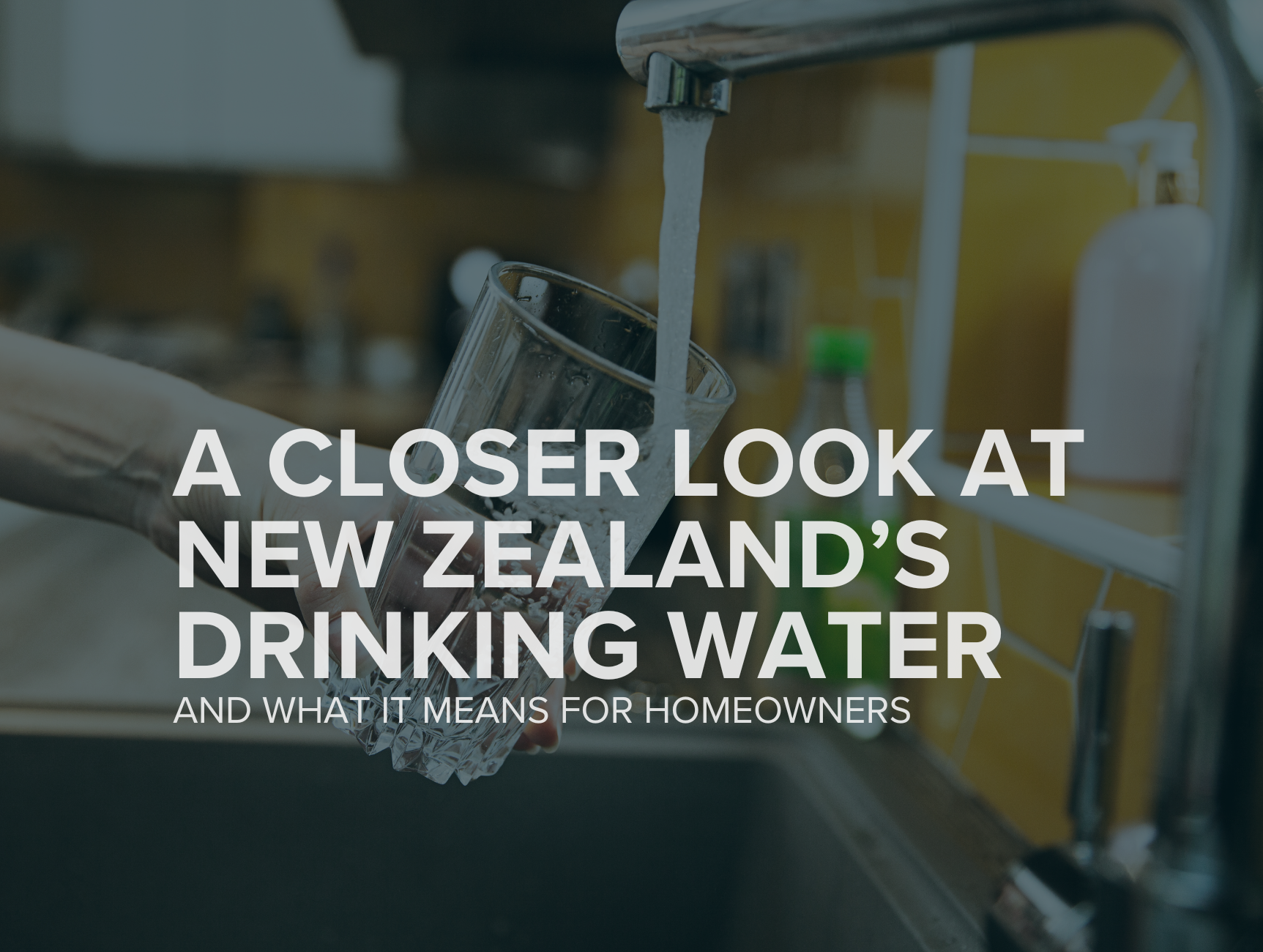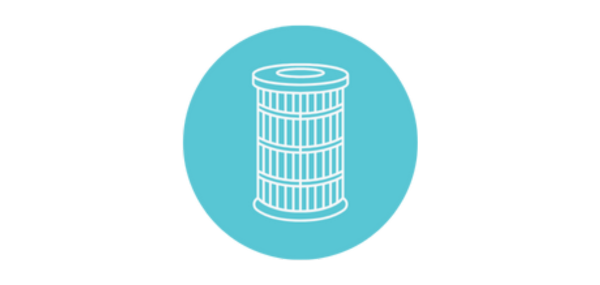

Is NZ Drinking Water Really Safe? What Every Homeowner Needs to Know
When you think about “safe” drinking water, what comes to mind?
Is it clear water with no strange taste or smell? Is it water that meets local regulations? Or is it water you simply feel good about giving to your children?
The definition of “safe” drinking water varies depending on who you ask—whether it’s your local council, a health professional, or a concerned neighbor. But here’s the truth: compliance doesn’t always mean safety, and “safe enough” might not be good enough for your family’s unique health needs.
In this article, we’ll explore what New Zealand’s current drinking water regulations actually require, where those limits fall short, and how you can go beyond compliance to define and achieve your own standard of healthy, vibrant water.
The Official Standard: What Does NZ Consider “Safe” Water?
In New Zealand, drinking water quality is monitored by Taumata Arowai, the national water services regulator. Their 2023 Drinking Water Regulation Report outlines limits for common contaminants like E. coli, nitrates, and heavy metals.
Water suppliers are responsible for meeting those standards—and when they do, their water is considered “safe.”
But here's the catch:
-
The standards primarily protect against acute health risks (like illness from bacteria).
-
They don’t always address long-term, low-level exposure to trace contaminants.
-
Aesthetic factors like taste, odor, or appearance aren’t necessarily regulated.
As a result, water that technically meets safety requirements may still taste like chlorine, contain fluoride or agricultural runoff, or come from a source that's under long-term boil water advisories.
When “Compliant” Isn’t Good Enough
The 2023 Taumata Arowai report revealed that:
-
Some regions remain on extended boil water notices.
-
Rural supplies often experience elevated E. coli levels in source water.
-
Compliance doesn’t always translate to peace of mind at the tap.
This gap can be confusing for households who expect “safe” to mean free of risk. But the truth is, you may have different needs or higher expectations than the baseline standards.
For example:
-
Families with young children or elderly members may want extra protection.
-
Those with autoimmune issues or chemical sensitivities may want to avoid residual disinfectants.
-
Some simply prefer water that tastes and feels cleaner.
Setting Your Own Safety Standards at Home
You don’t need to wait for regulations to change to take charge of your water quality. Here’s how to make your own definition of “safe” more actionable:
🧪 1. Start with a Laboratory Test
A proper lab analysis gives you a detailed breakdown of what’s actually in your water—whether you're on town supply, bore water, or rainwater. This is a critical first step in deciding what (if anything) you want to remove or adjust.
If you’re unsure where to start, we can point you toward reliable labs in NZ that test for everything from bacteria to heavy metals.
🚰 2. Match Filtration to Your Needs
Once you know what’s present, you can choose the right system:
-
Chlorine or Chloramines → Use an activated carbon filter.
-
Bacteria & Protozoa (like Giardia) → Consider UV, ultrafiltration, or reverse osmosis.
-
Nitrates & Fluoride → Reverse osmosis is most effective.
-
Taste Sensitivities → Look for systems that also enhance water with minerals or structure.
👤 3. Consider Health & Lifestyle Factors
Think about who’s drinking the water. Children, seniors, and those with chronic conditions may benefit from extra protection. Others may prioritize taste, pH balance, or remineralization to support energy and wellness goals.
Safe, Clean, and Yours to Define
Drinking water is deeply personal. It affects your daily wellbeing, your family's health, and your peace of mind. Regulations provide a starting point—but they don’t know your household, your body, or your values.
Whether you’re filtering out chlorine for better taste or investing in advanced purification to remove fluoride, you have the power to set a higher standard—one that aligns with your health goals, not just the minimum requirements.
Want to take the first step?
We recommend booking a laboratory water test to understand exactly what’s in your supply.
From there, our team can help you explore filtration options tailored to your water, your health needs, and your values.








